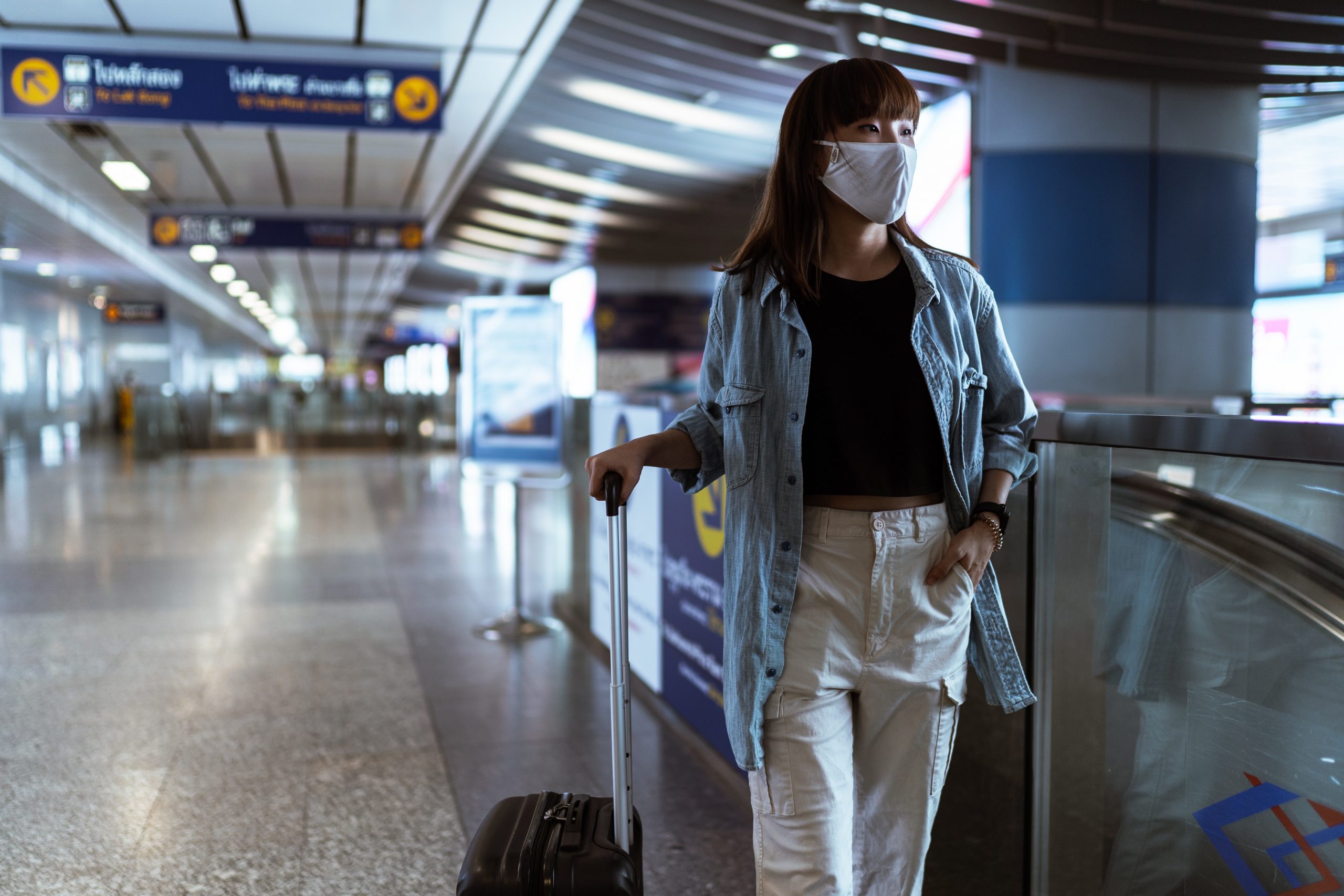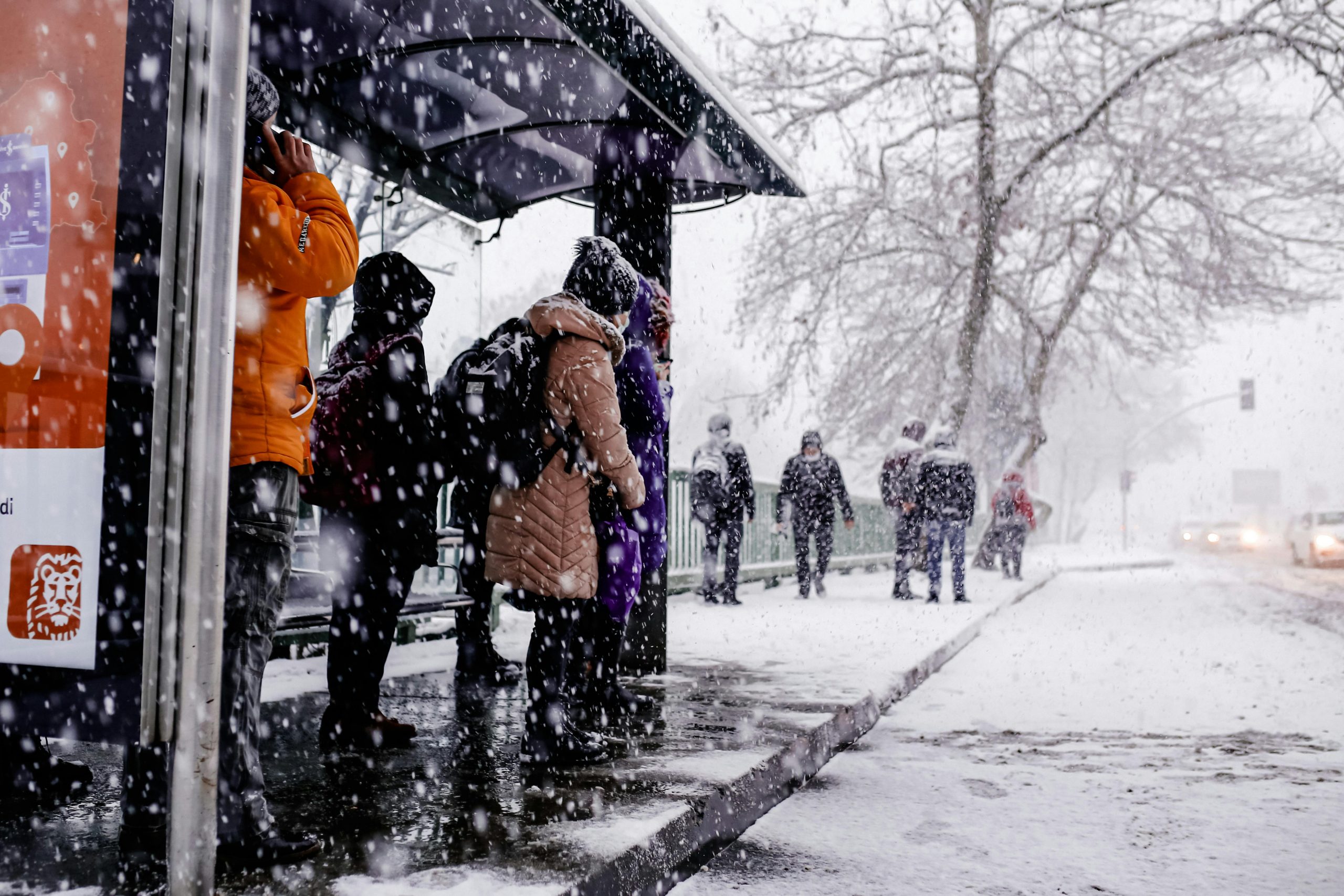Spring 2020 transformed the global constellation in many ways, including possibilities of human mobility across international borders and within countries. While it is still too early to say what will be the long-term impact of the Covid-19 crisis on global mobility overall, it is certain that these events remain with us for an extended period of time.
At the same time, the border closures and different forms of movement restrictions, ranging from full at-home quarantines to limited spaces of movement and advice on physical distancing when moving about, have rendered visible issues that have been problematic for the least privileged much before the present pandemic. These include access to clean water and the possibility to maintain distance in the crowded spaces of immigration detention facilities or overpopulated reception facilities for asylum seekers, and the absence of a dwelling altogether for those people on the move who struggle for a place to sleep at different border hubs or in the streets of major cities. Here, however, we will focus on the border closures and their differential impact on variedly positioned people.
The global volume of international air travel has grown steadily for decades and hence the border closures in response to the Covid-19 crisis are dramatically reflected in the estimated number of scheduled passengers in 2020. A similarly striking effect of the closures is shown by decrease in the monthly data on air traffic. These figures are powerful indicators of the impact that the pandemic has had on bordering and international travel on the global scale.
Unsurprisingly, similar patterns are found within the European travel space. Within the Schengen space, the rapid closing of borders greatly overshadowed the temporary border control measures introduced in 2015 in response to the so-called refugee crisis, putting into question the fundamental value of free mobility of EU citizens. In June internal borders within the European Union are being gradually and cautiously opened. Preference is given to the citizens and permanent residents of other member states, these countries being evaluated on the basis of their placement in the virus cycle and their overall handling of the epidemic, where Sweden in particular has followed a distinctively different strategy from those of its neighbours. Opening the external borders for third country nationals remains an open question, and it is unclear how the opening would be done: unconditionally for everyone who has the citizenship permitting visa-free travel to the EU for three months and those holding a regular visa? Perhaps with additional criteria related to the Covid-19, in addition to being quarantined upon arrival? As for the visas, prospective visitors in near future would most likely be those who have received their visa prior to the outbreak of the pandemic as, for the time being, visa application and allocation processes continue to be stopped in most parts of the globe.
However, some deeper digging reveals a much more nuanced picture of unequal possibilities to mobility.
However, some deeper digging reveals a much more nuanced picture of unequal possibilities to mobility.
In European countries, citizens and foreign residents had the possibility to return to their country of citizenship or permanent residence. This has not been the case everywhere: for example, Moroccan day labourers stayed blocked in the Spanish exclaves of Ceuta and Melilla when Morocco decided to seal the borders in order to avoid the spreading of the virus.
Unable to return to Morocco, they were not entitled to support provided for Spanish citizens and permanent residents either, due to their status as temporary workers. Labour migrants from different countries in the Global South have encountered similar hardships, and shadow routes of global mobility continue to operate as the conditions for the people opting for these have not changed for the better.
Questions like these lead us to shift the focus back to global mobility, where border-crossing with pertinent security and identification procedures is a routine part of travelling. We might hasten to think that the strict travel restrictions due to the Covid-19 crisis have in principle treated the mobile populations equally – for once we have all been banned from travelling. We could even consider the border closures a long overdue lesson to travellers from the Global North, who have been used to relatively unfettered mobility with their powerful travel documents that clear the way. While there is certain truth to these considerations, they should not conceal the fact that the recent travel restrictions are but one layer in the broader landscape of highly uneven global mobility where the travellers’ citizenship and place of origin truly matter. Hundreds of millions of people in the Global South are eligible to travel documentation that only grants entry at few international borders, and as many have no access to any documentation at all. In this regard the temporary border closures in response to the Covid-19 crisis remain disconnected from the underlying inequalities of the global visa regime, with Western passports greatly overpowering the weak or non-existent documents by travellers from the Global South.
Could the lessons learnt during the pandemic be transformed into knowledge that would help alleviate these inequalities in a globe that, as we have very concretely witnessed with a pandemic that does not respect national borders, is ultimately connected? In other words, we might think of these experiences as something that could push for a more democratic access to global mobility. This would necessitate that we revisit the international agreements that regulate both voluntary and forced mobility, with attention to how well they actually capture the nature of contemporary needs to move about internationally.
For example, the 1951 UN Refugee Convention, with updates from 1969 and 1984, operate on a definition of refugee that is less and less capable of treating populations forced to leave their places of origin for compelling reasons in an equal and just manner. The recent hard-won negotiations to forge a global agreement on the regulation of migration, the Global Compact for Migration, is a welcome step to that direction. However, it and the parallel but much less mediatised framework concerning refugees, the Global Compact on Refugees, are but non-binding agreements that leave the states’ right to control migration intact. The processes leading to these Global Compacts and their non-binding character serve to demonstrate that in the current political climate reaching an agreement with the powers of the UN Refugee Convention is highly unlikely.
The experiences gained in different parts of the world on the ongoing pandemic and its effects on global mobility might, ideally, create a critical mass capable of challenging the politics of mobility maintained under the ‘previous normal’ better than was possible prior to this crisis. In parallel with focus on facilitating equitable mobility, we should remember the value of the right to mobility and work towards real possibilities of staying put also for those from whom these have been denied much beyond and despite the Covid-19 crisis.






